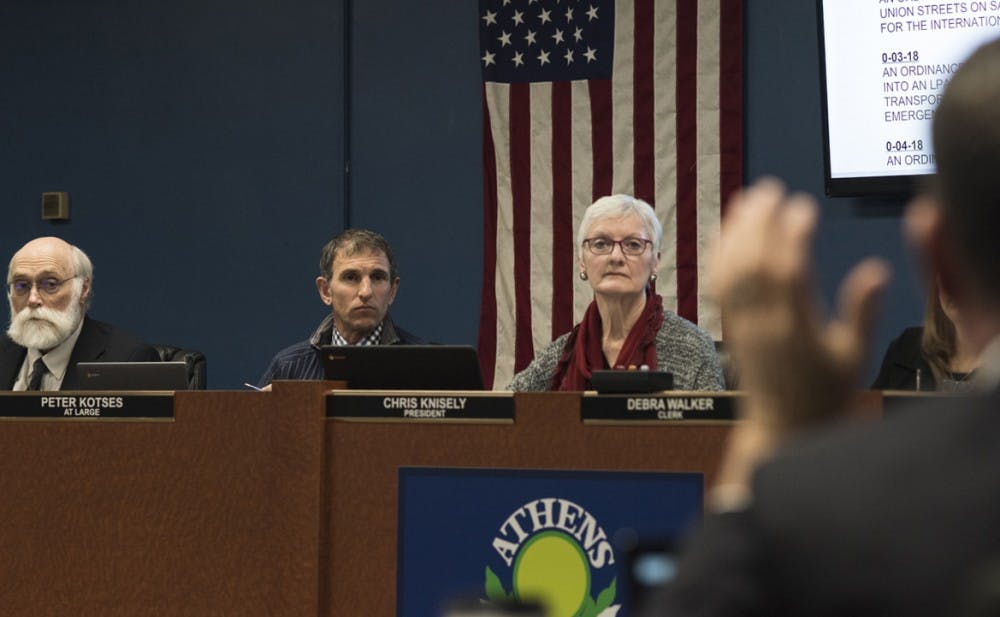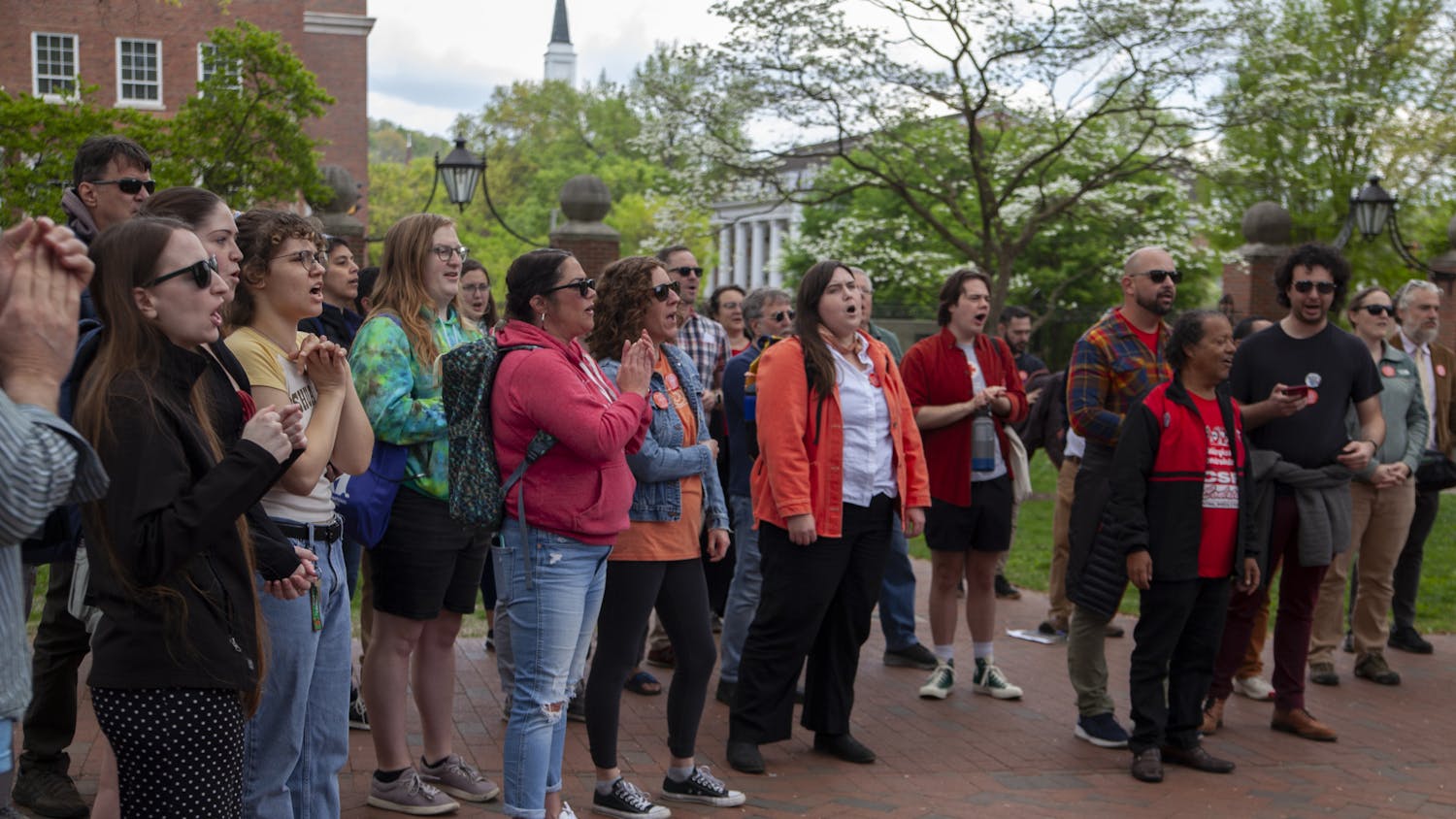With Ohio’s rainy day fund at nearly $2.7 billion, Athens City Council members are urging state officials to invest more money in local governments.
Ohio’s Budget Stabilization Fund, or rainy day fund, has been growing exponentially since 2010. In 2010, there was next to nothing in the fund, whereas there is $2.691 billion today.
“The fiscal condition of the state is strong,” Office of Budget and Management Director Timothy S. Keen said in a July press release. “We finished the year with a larger ending balance than planned due to state spending that came in below projections and income tax revenues that came in above projections.”
While the rainy day fund has been growing, Athens City Council President Chris Knisely said Ohio’s Local Government Fund, or LGF, which provides state money to municipalities, has been decreasing over the years.
“With the surplus being in the billions now … we’re saying we could really use that for infrastructure,” Knisely said.
The LGF money Athens receives has fallen by more than 50 percent since 2006, Knisely said. Knisely said Athens received $815,063 in LGF money in 2006 compared with $363,481 in 2018.
“There’s so many things that could be doing here … if we had the funds,” Knisely said.
State officials have previously acknowledged that the LGF has been cut significantly, but say a significant amount of state funding still goes to supporting local projects.
Jim Lynch, a spokesman for the Ohio Governor’s Office, said in a previous Post report that municipalities still receive a large amount of money from the state.
“The LGF represents a small percent of the total support local governments receive from the state budget and, for most of those governments, a significantly smaller part of their total revenue stream,” Lynch said in an email.
Lynch said a large amount of the state budget goes to supporting local communities.
“About 86 cents of every dollar in the state budget is directed to schools, local governments, university and programs that serve Ohioans in their communities,” Lynch said in an email.
Council members will also hear a presentation from Wayne National Forest officials about their plan revision process. Officials of the national forest are revising its Land Management Plan, or Forest Plan, which sets guidelines about how certain land can be used.
The forest has previously come under fire from conservation and environmental groups for leasing land for oil and gas manufacturing, leading to lawsuits, according to a previous Post report.
“The Wayne’s management plan is completely outdated, so this is welcome news,” Taylor McKinnon, a public lands campaigner for the Center for Biological Diversity, said in a press release when the revision process was announced. “The public can now demand a plan that bans fracking in the Wayne. People cherish this spectacular place for its clean water, wildlife and wild forests, not industrialization and pollution.”
The revision process is currently in an assessment phase, Knisely said.






